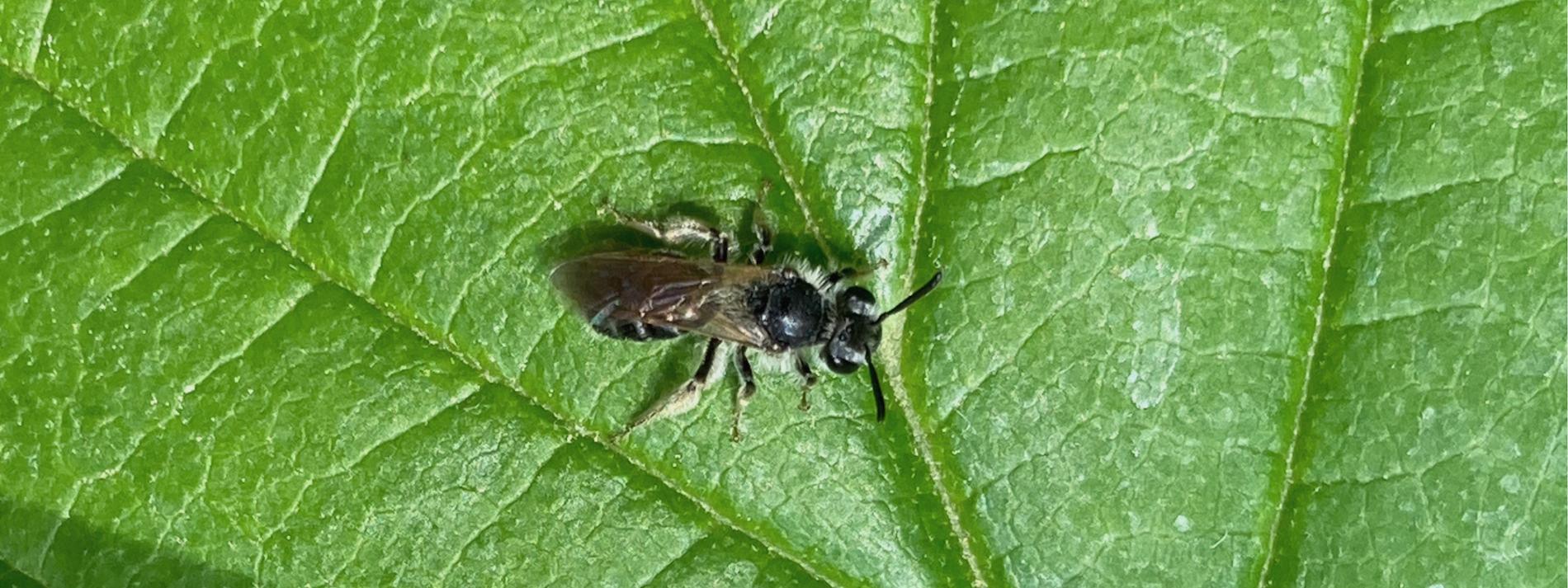
What is Biophobia?
Not everyone is excited to spend more time in nature for a variety of reasons.
In general, all humans have some innate (genetically coded) connections to other organisms due to coevolution over deep time, called biophilia. For example, the sound of birdsong in a forest is inherently soothing to us, probably because (subconsciously) it is a cue for safety and resources (birds are quiet when there is danger, and are rare in places with low resources such as water).
But humans also have an innate ability to detect and avoid threats, such as venomous snakes and spiders, called biophobia. Biophobia is important because it can keep us alive. However, increasingly, more people are feeling biophobia in situations that are NOT harmful, such as fearing all insects, even ones that are benign or beneficial like lady beetles (“ladybugs”) or moths. Some researchers call this trend a “vicious cycle of biophobia” since fear reduces desire to spend time in nature, which reduces familiarity, which increases fear.
Do you feel fear or disgust in natural environments or when exposed to certain organisms? It’s okay, you are not alone.
If you feel biophobia, here are some tips gleaned from research papers:
- Don’t give up on nature, because nature experiences can benefit you (see benefits page).
- Find a friend or mentor who feels comfortable in nature, and spend time with them.
- Enjoy representational experiences of nature (such as views out windows) as you build your comfort level with direct experiences of nature.
- Start small in spaces where you feel safe, and work out from there. The more experience you have, the more comfortable you will feel.
- Learn to identify the animals or plants that ARE threatening or harmful, such as yellow jacket wasps, poison ivy, and black-legged ticks, and learn where they occur. This will help to reduce your unproductive fear, such as the fear of bears where bears do not occur, or the fear of venomous snakes where they do not occur.
- Learn about the many beneficial organisms that improve our lives, including plants, fungi, algae, worms, insects, spiders, salamanders, fish, and so much more, including microorganisms that we can’t even see. Spending time in nature spaces can increase the biodiversity of your friendly microbiome, which can improve your health.
For more information, check out the research papers listed on the research page.